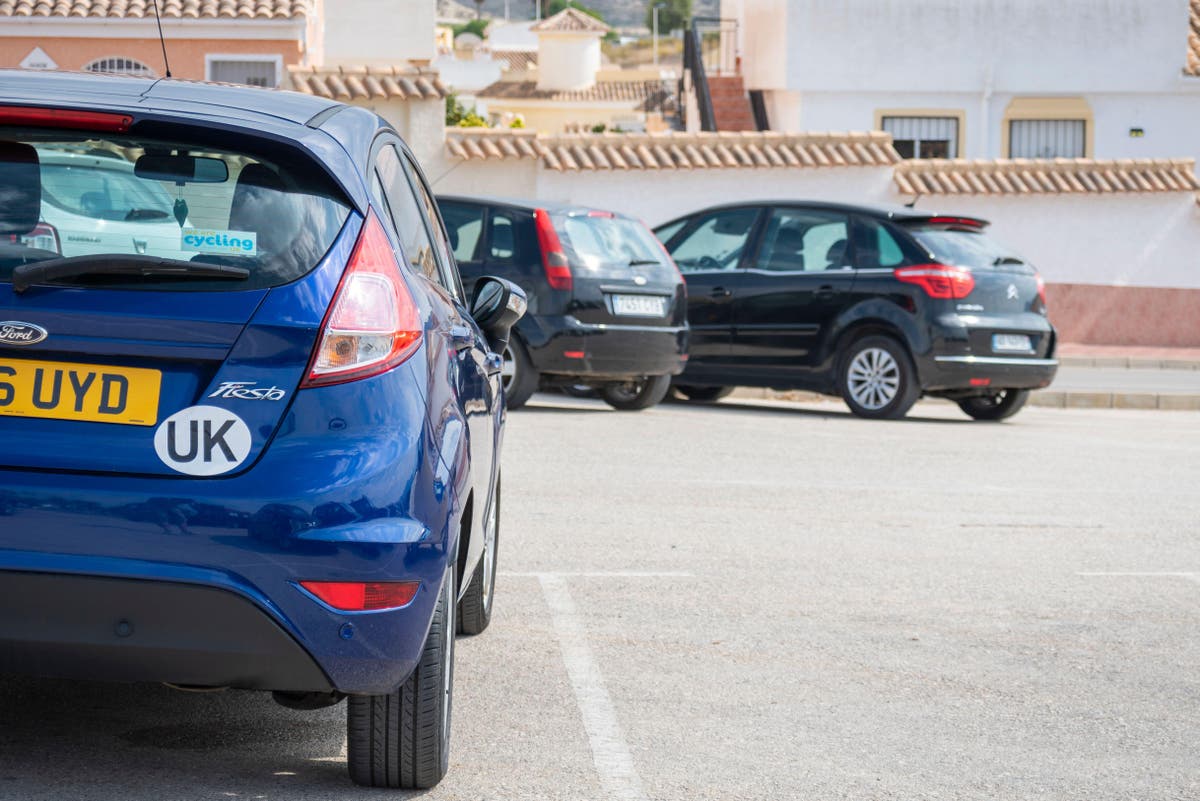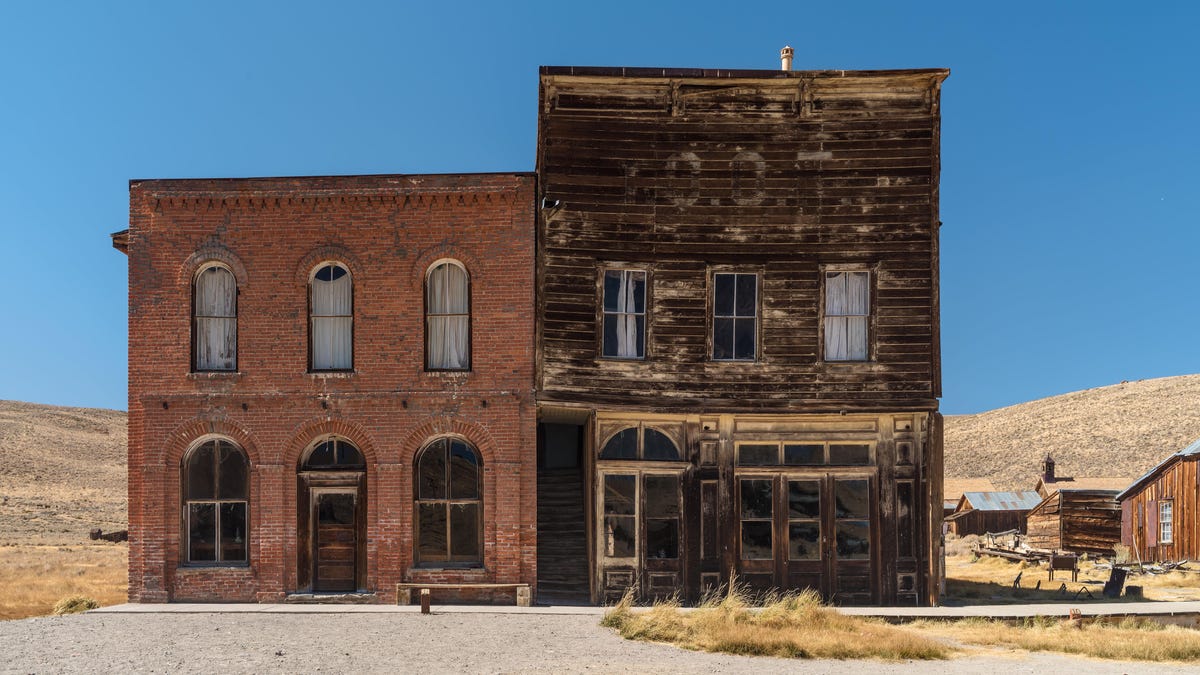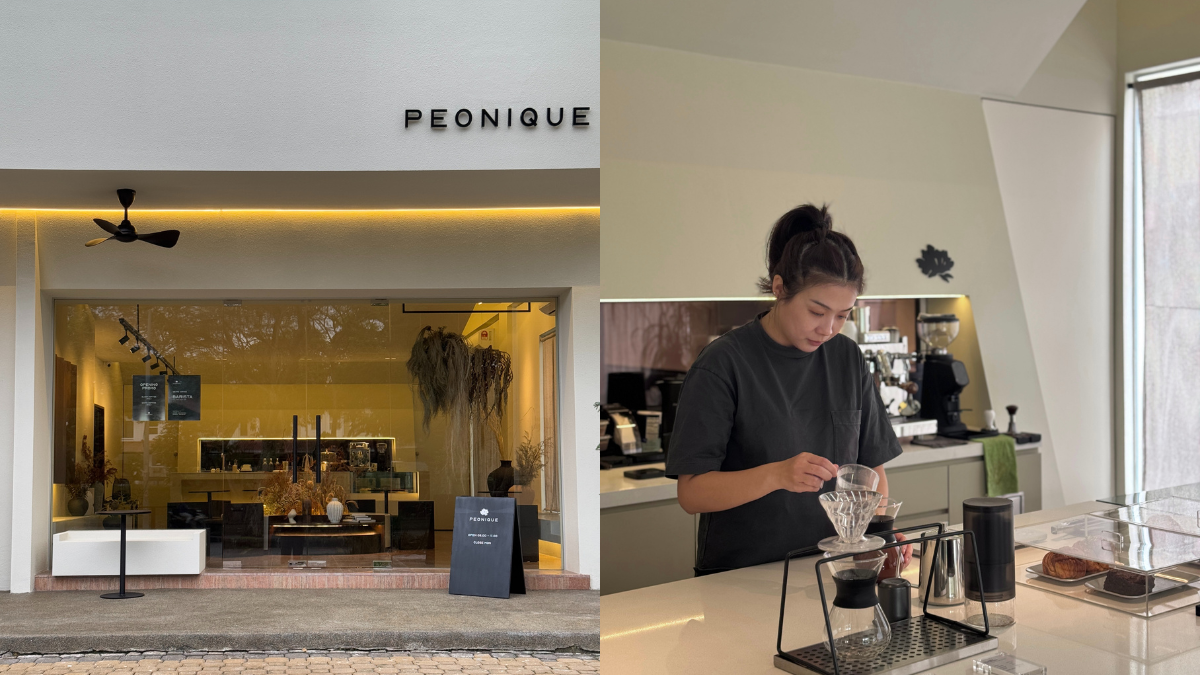How to Make Dull, Dingy Linoleum Floors Look New Again
Over time, layers of grime, ground-in dirt, and wax buildup will make your linoleum floors look worn-out.

We may earn a commission from links on this page.

Credit: Kimberly Hall/Shutterstock
In the more than 160 years that linoleum has been around, it has cycled in and out of fashion multiple times. Most recently, it went from being ripped out of kitchens on home renovation shows at the end of the 20th century to winning favor again over the last few years as natural and biodegradable flooring option. While linoleum flooring is durable and can be long-lasting, it does require some maintenance—otherwise it can start to look dingy, dull, and perpetually dirty, and intricate patterns can begin to fade.
But dpending on the age of your linoleum flooring, the room where it's installed, where you live, and how it was maintained over the years, it's often possible to restore its luster and shine.
Why linoleum floors always seem dirty
If you've tried washing your linoleum floors but can never get them to actually look clean, you're not alone. In all likelihood, you're dealing with multiple layers of film and ground-in dirt on floors that need a deep-cleaning.
As a real estate professional specializing in remodeling, Jim Gray of Agent Advice has completed dozens of home renovation projects over the years, and has seen his fair share of linoleum floors requiring restoration. "These floors can take a beating from everyday wear and tear, and before long, they start looking dull and worn," he says. "The culprit is usually just a buildup of dirt and grime from years of traffic."
How to make linoleum floors look new again
A quick clarification before going any further: The process described below is for linoleum floors that look dull and dirty, but are otherwise in good shape. If you're dealing with century-old linoleum in a damp basement that starts to crumble when you try to pick it up, that's more of a historic preservation issue, which isn't the focus here. (Though it is the focus of this blog post from the Tenement Museum in New York City.) OK, here's what to do:
Sweep the floors
Before anything gets wet, use a vacuum or broom to sweep the linoleum floors, getting rid of as much dirt, dust, and other debris as possible.
Remove the layers of dirt and wax
Fill a large bucket with about a gallon of warm water, one cup of white vinegar, and a squeeze of mild dish detergent. Sprinkle baking soda over one section of the floor, then run a mop over that same section using the water/vinegar solution—but only enough to dampen the baking soda, rather than washing it away. "Vinegar cuts grease, baking soda scrubs gently," Gray says.
Next, use a brush to scrub that section of the floor until it looks sufficiently clean. If there are any areas that still need work, mix some baking soda with just enough water to make a paste, then scrub it in, like a spot treatment.
Repeat this process on all the sections of the floor. Then, fill a bucket with clean, warm water and use a clean mop or clean cloths to rinse the floors.
In most cases, this should be enough to strip the old layers of wax off the linoleum—without having to deal with harsh chemicals. But if you'd prefer that route, you can purchase a dedicated floor-stripping product, or mix one cup of ammonia with one gallon of warm water, scrub that into the floor instead, and then rinse—just be sure to open windows for ventilation, and wear gloves and eye protection. Keep in mind that while some experts swear by ammonia, others think it's too harsh for linoleum, so it's a good idea to start with a small patch test on an inconspicuous spot on the floor to see how yours holds up.
Wax the floors
Now that the floors are cleaned and stripped, the last step is applying a new layer of wax. "Waxing protects surfaces, returning radiance," says Gray, who recommends rewaxing twice a year.
When in doubt, choose a wax or polish specifically made for linoleum floors—or at least one that specifies that it's safe to use on them. Armstrong Shinekeeper ($32.03 for 32 ounces) and Bona Multi-Surface Floor Polish ($18.69 for 32 ounces) are two longtime favorites. Regardless of the wax or polish you choose, follow the directions on the packaging, as they differ from product-to-product.

 AbJimroe
AbJimroe 































